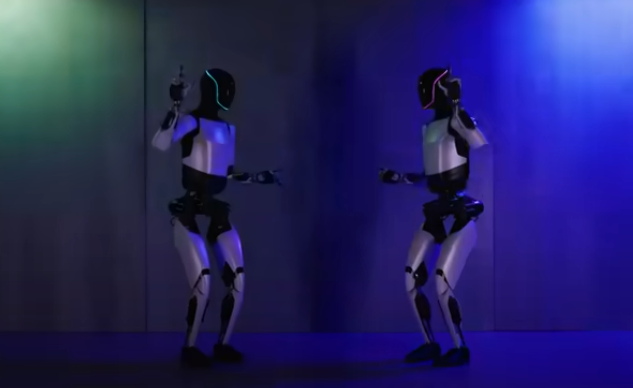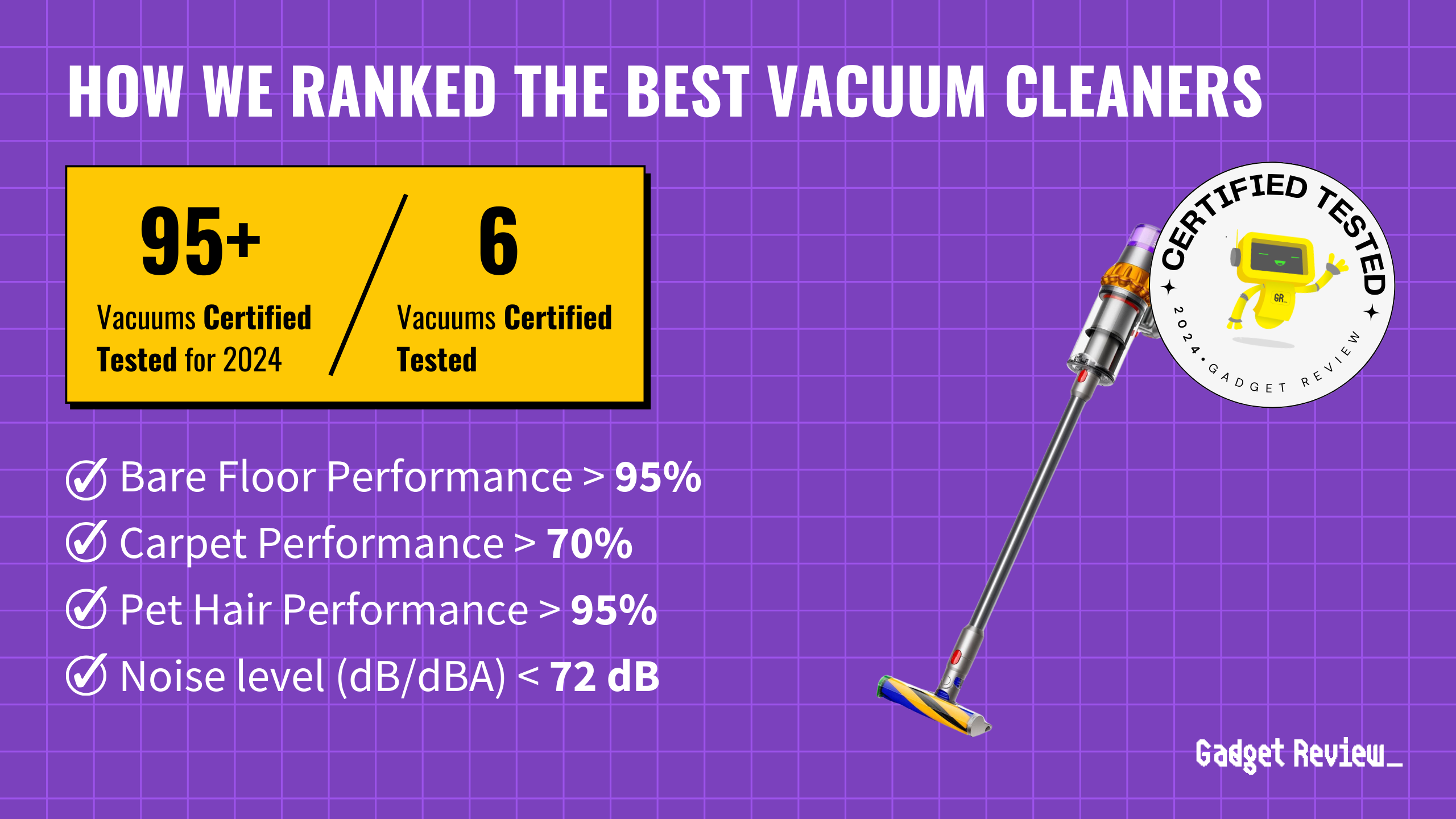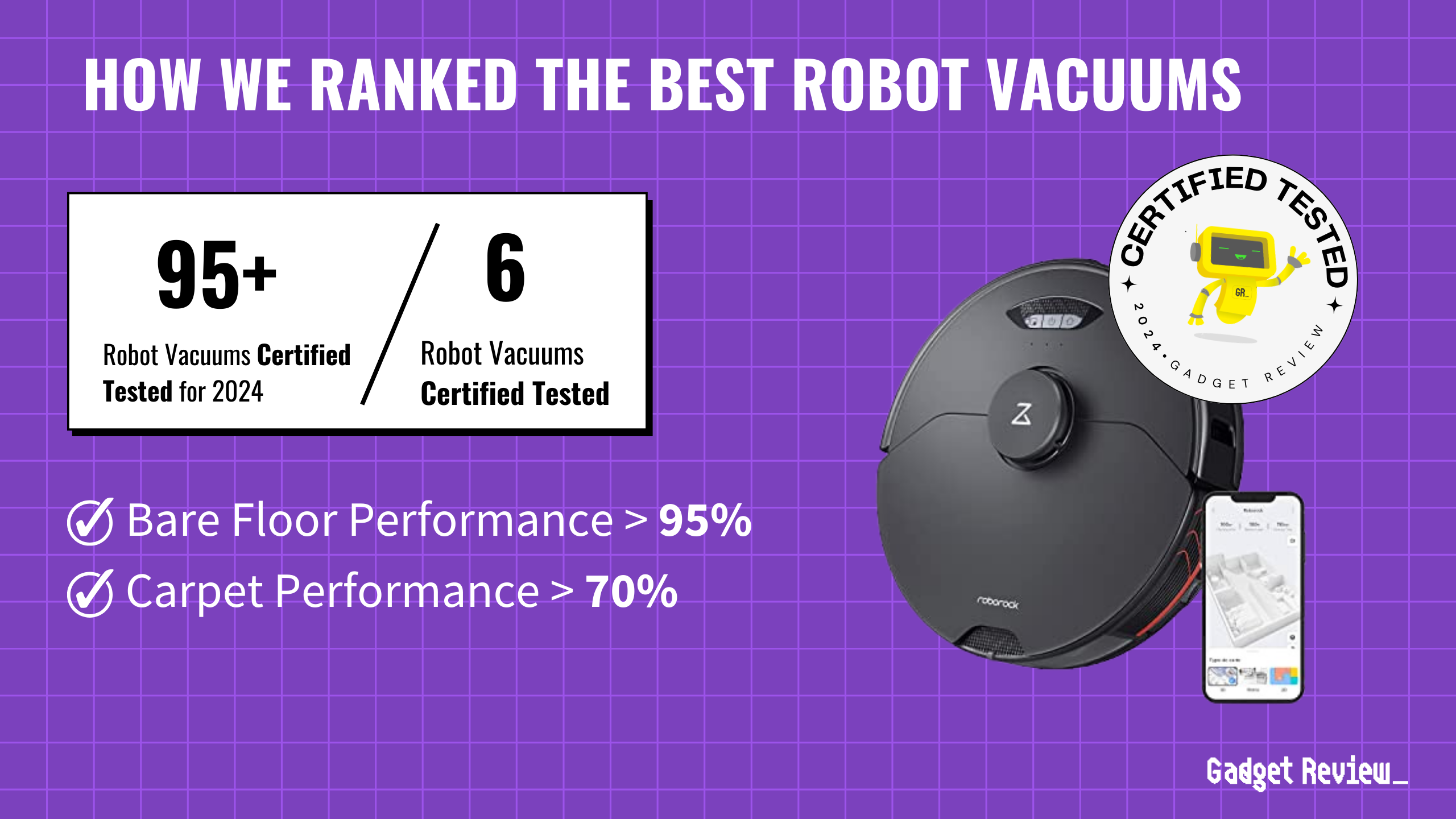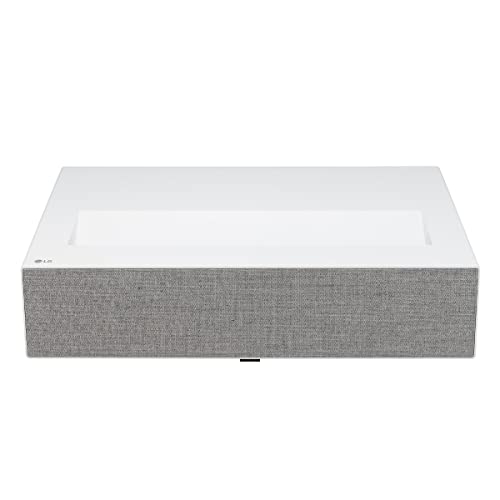Why it matters: Tesla’s unveiling of the Optimus Gen 2 robot marks a significant advancement in humanoid robotics, potentially revolutionizing industries and daily life. This development raises important questions about the future of work, ethics, and human-robot interaction.
A versatile machine: The Optimus Gen 2 boasts an impressive array of capabilities:
- It stands 5’8″ tall and weighs 125-160 lbs. It can carry 45 lbs and lift up to 150 lbs.
- Tasks include walking, sorting objects, maintaining complex poses, and even poaching eggs as eldiario24 reports.
- 28 structural actuators and hands with 11-22 degrees of freedom enable human-like dexterity.
AI-driven adaptability: Optimus utilizes Tesla’s neural network and computer vision system:
- The robot can learn and adapt to new environments and tasks.
- Eight autopilot cameras in its head allow for precise environmental sensing.
- It can learn by observing humans or through remote operations.
Industrial and home applications: Tesla envisions Optimus transforming various sectors:
- Already used in Tesla factories for tasks like moving battery cells.
- Potential for household chores such as ironing, folding clothes, and object manipulation as reported by ecoticias.
- Aimed at addressing labor shortages and increasing productivity.
Market potential and competition: Tesla has ambitious plans for Optimus:
- Expected release by 2025, with a price range of $25,000 to $30,000.
- Competes with other humanoid robots like Boston Dynamics’ Atlas and Chinese innovations as reported by The Conversation.
- Elon Musk predicts a market cap of $20 trillion and a $1 trillion annual profit at scale.
Challenges and ethical considerations: The development of Optimus raises important questions:
- Engineering hurdles in achieving human-like locomotion and object manipulation.
- Potential “creepy factor” due to lack of human-like micro-expressions.
- Concerns about job displacement and the need for inclusive design.
Looking ahead: As Optimus and similar robots evolve, they could significantly impact society:
- Potential transformation of industries like manufacturing and service sectors.
- Influence on future building and furniture design to accommodate human-robot interaction.
- Creation of new job opportunities in robotics maintenance and operation.
While Tesla’s Optimus Gen 2 represents a major step forward in humanoid robotics, its full impact remains to be seen. As development continues, balancing technological advancement with ethical considerations and societal needs will be crucial in shaping the future of human-robot coexistence.




















